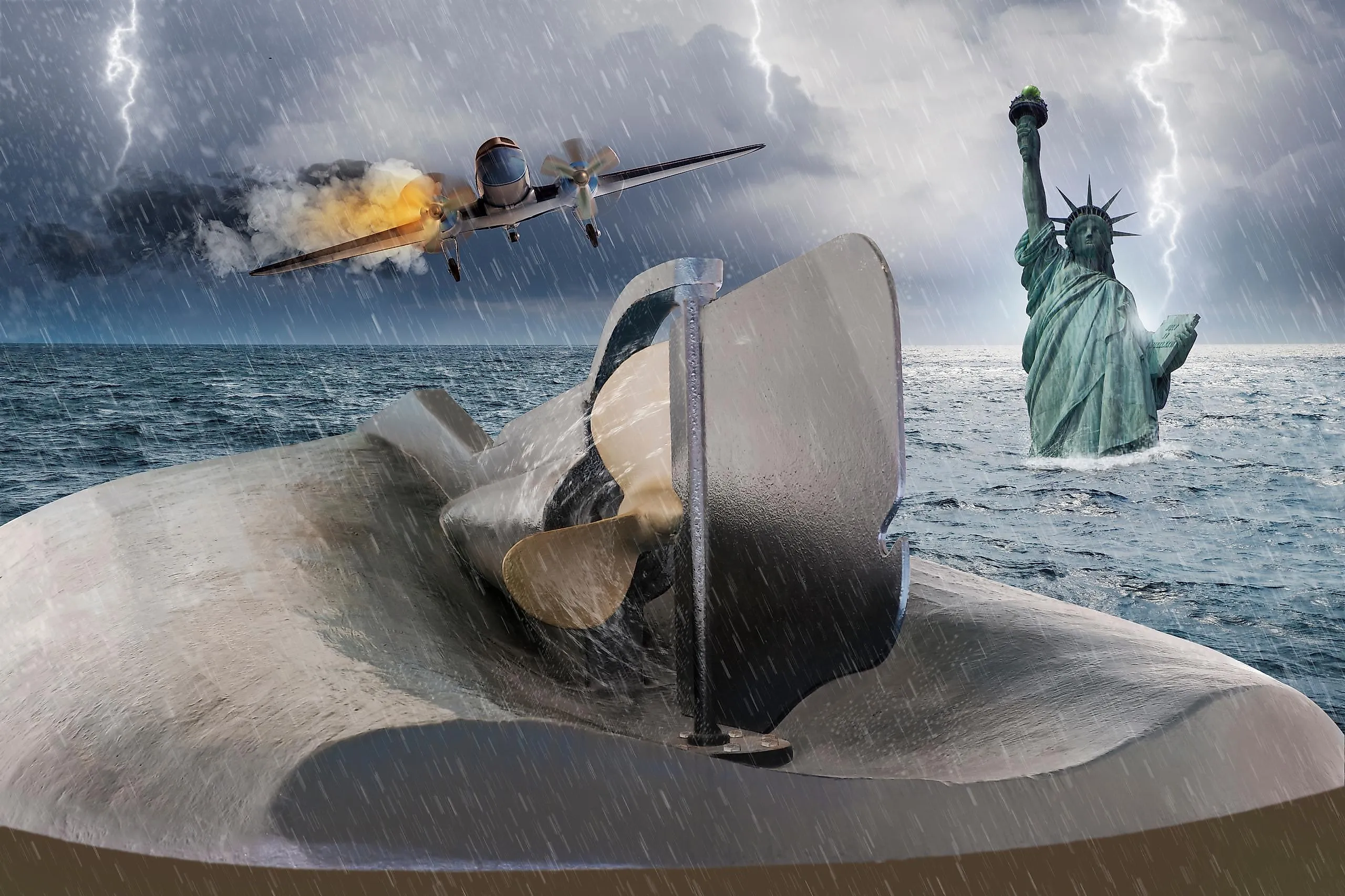
9 Tourist Attractions That Could Vanish Due To Climate Change
There is a wide array of "last chance tourism" destinations around the planet, from cities to whole islands, to unique ecosystems. Many natural getaways are threatened by the rising sea and changing climate effects of global warming. These eight hotspot tourist destinations are a "last minute call" that may soon disappear off the face of the Earth.
Galápagos Islands, Ecuador
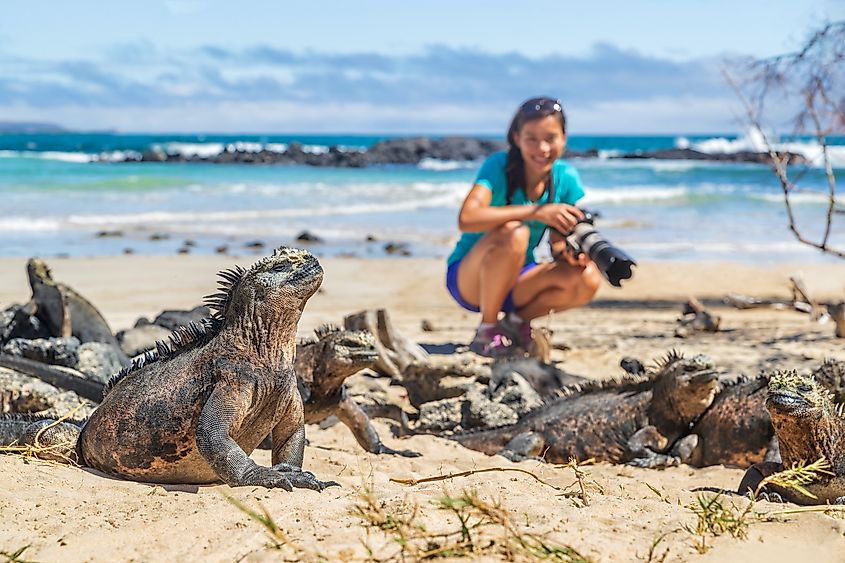
Galápagos are volcanic islands at the split of the Equator, some 1,000 kilometers west of mainland Ecuador. The extraordinarily-beautiful specks in the ocean house one of the world's most delicate and fascinating ecosystems. They are home to countless sublime and strange creatures, quickly depleting from the effects of global warming. The rich, endemic fauna and flora have dwindled over the years. Tourism, overfishing, and backfiring to control invasive species are partially to blame for the doomed ecosystem.
It is predicted that changing climate with unpredictable and extreme weather will wipe the remaining life off the isles in the coming years. According to UNEP, the changing patterns in the naturally-occurring periods of rainfall and warming, known as El Niño, will double and become more severe within two centuries. Meanwhile, the rise in water temperatures causes ocean acidification and further disturbance to the natural balance. It is threatening the last 25% of the Galápagos penguins and 10% of the marine iguana populations that were in thriving numbers just half a century ago.
Glaciers Of Glacier National Park, Montana
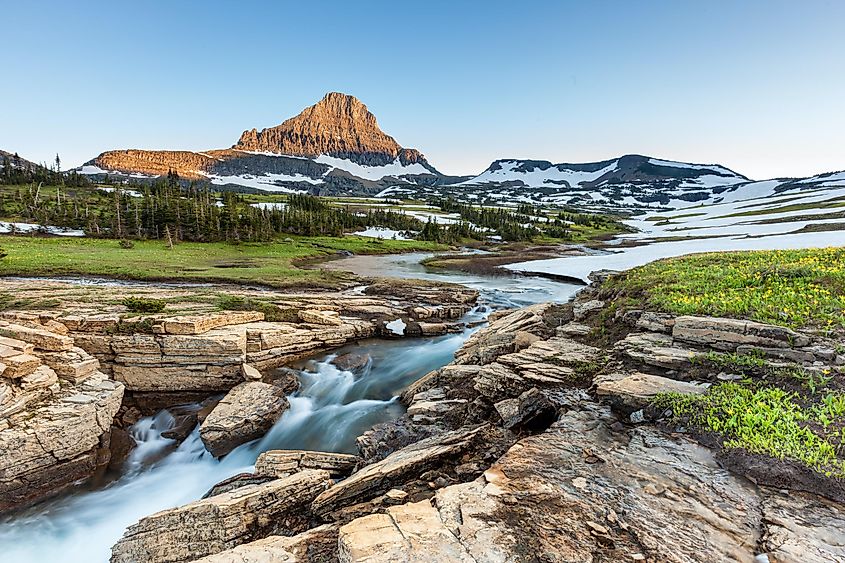
The world-renowned Glacier National Park spreads over a million acres in Montana along the US-Canada border. The park welcomes about 3 million visitors each year to the sacred grounds of its unique ecosystem. Hundreds of different animal species and thousands of plants live on and around the park's namesake main attraction. The renowned glaciers are quickly waning in size, according to 2017 data that depicts the effect of rising temperatures on the park's 39 rapidly-melting different glaciers. Some of the shrinking glaciers have already lost up to 85 percent of the surface area since 1966. They continue to alter the ecosystem with non-stop melting. At today's melting and global warming rates, these glaciers will disappear in the next few decades.
Snow On Mount Kilimanjaro, Tanzania
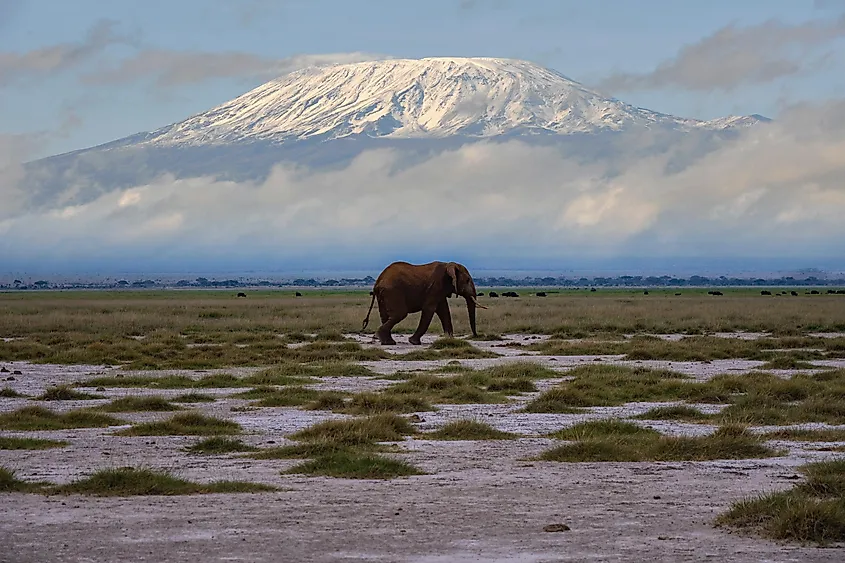
Kilimanjaro dominates the tropical landscape of Tanzania in Africa with a charismatic nickname of the "Root of Africa." It is a highly sought-after destination by the hard-core hikers wishing to conquer Kilimanjaro's peak at 5895 meters above sea level. The mountain's steep walls were fully covered in ice sheets in 1912. Today they sit nearly bare, having lost 85% of the coverage from the ever-rising temperatures.
A study from earlier this century confirmed that the distressing series of events surrounding Kilimanjaro is an impact of climate change. Fast-forward to today, the current climatological conditions make it highly likely that the mighty mountain is a threatened tourist destination that will lose all its snow just 20 years from now.
New York City, New York
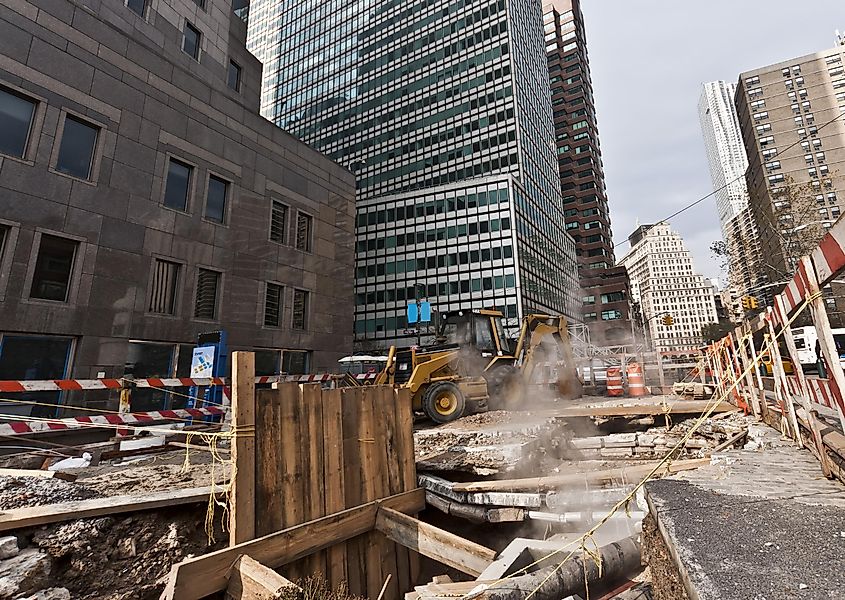
New York City, and Liberty Island with its famous statue, are surrounded by the Atlantic Ocean. The Atlantic Coast is experiencing four times faster sea-level rise than any other shoreline in the US. Essentially, "the largest population living inside a floodplain, "Big Apple, is becoming increasingly dangerous with recent series of storms and floods. Experts predict that the sea level will rise between 17 to 33 inches at current warming trends, and climate change will lead to more drastic floods in the coming years. It is also projected that the sea will rise up to six feet by the end of the century, which will likely drown the low-lying boroughs of Brooklyn and Queens.
Hurricane Sandy was a "once-in-700-year storm" that nearly licked away Lady Liberty and the nearby Ellis Island. It cost around $77 million in repairs and foreshadowed natural disasters awaiting the world today with the global warming-induced climate change. There was even a "candid" 2100 travel poster by Money.co.uk where the Statue of Liberty is depicted half-drowned by the waters.
Rio de Janeiro, Brazil
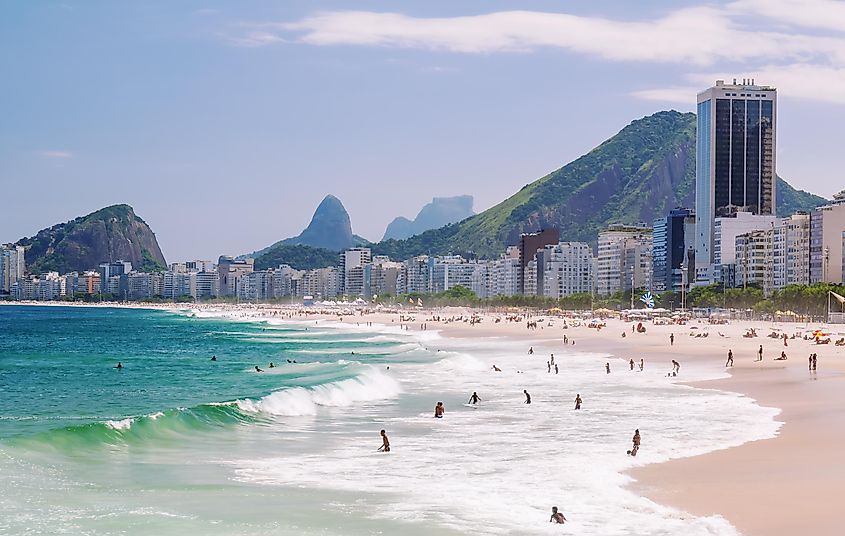
Rio's brightly-colored cityscape and diverse culture, surrounded by stunning coastlines, is a tourist hotspot in Brazil. The city is the country's second-largest metropolis, with endless attractions and amenities, along with industries and human development. Many know Rio for the spectacular Carnival festival with dazzling events that may soon cease, along with the vibrant scape. Rio de Janeiro is the first-in-line South American city that is likely to disappear from climate change. The warming waters expand to dramatically raise the sea level around the city, with the ocean essentially engulfing Rio to all sides.
Climate experts project a sea-level rise of 32 inches around Rio by 2100 and floods that will irreversibly cover the city's famous beaches, airport, and some inland neighborhoods. The city would also become vulnerable to disease spread, and freshwater shortage, along with landslides that will make Rio more dangerous to inhabit by day. Rio's proactive leaders ensure hope by partnering up with NASA to study satellite data, understand the threats, and find the best way to save the fated city.
The Dead Sea, Jordan/Israel
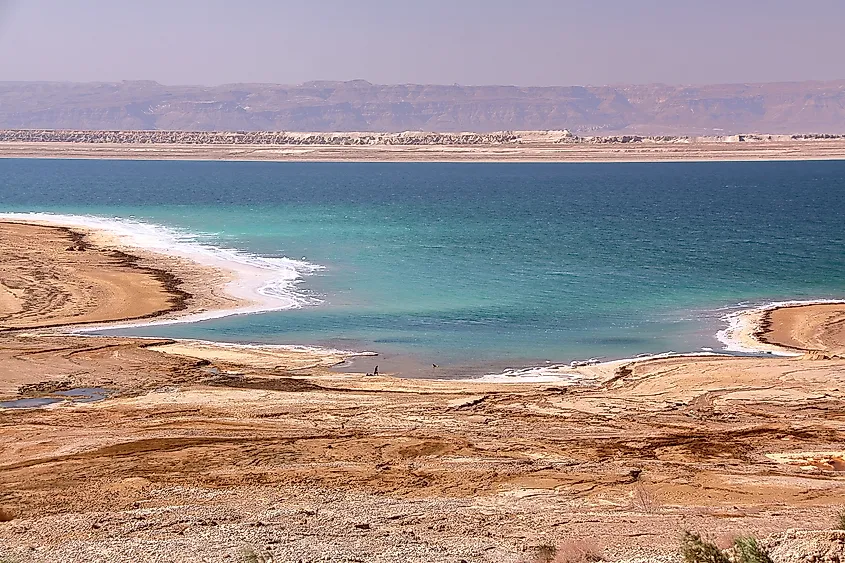
The Dead Sea is a renowned wellness destination for healing, relaxation, and meditation-worthy sights. The sea is a fascinating 997-feet-deep natural wonder with no marine life. It is considered the lowest point on the Earth, with its surface at 1,412 feet below sea level. It is located in the Jordan Rift Valley, with Israel to the east and Jordan to the west. The sea's light turquoise waters with salt crystals are surrounded by brown banks that appear golden in color. The high-salt content makes floating effortless and relaxing, as well as great for skin conditions and muscular ailments. The sea's mud is rich in mineral content, renowned for its health benefits. The sea is essentially a reservoir of rainfall and inflowing surface waters that collect and slowly evaporate.
However, the increasingly hot and dry climate expedites the rate of evaporation, leaving nothing but salt and concentrated minerals behind. One-third of the sea's original surface area has disappeared in a mind-blowing amount of time since human development began earlier this century. The sea continues to shrink at three feet yearly, replaced with sinkholes. Human development is partly responsible for constructing dams, storage reservoirs, and pipelines that have reduced inflow water levels to just five percent of the full volume. Cosmetic companies extract minerals that deplete water volume, while pollution is debilitating to the Dead Sea's unforgettable features. The rising temperatures make it hard for the sea to replenish the loss. Experts predict that the Dead Sea will be dry land by 2050.
The Great Barrier Reef, Australia
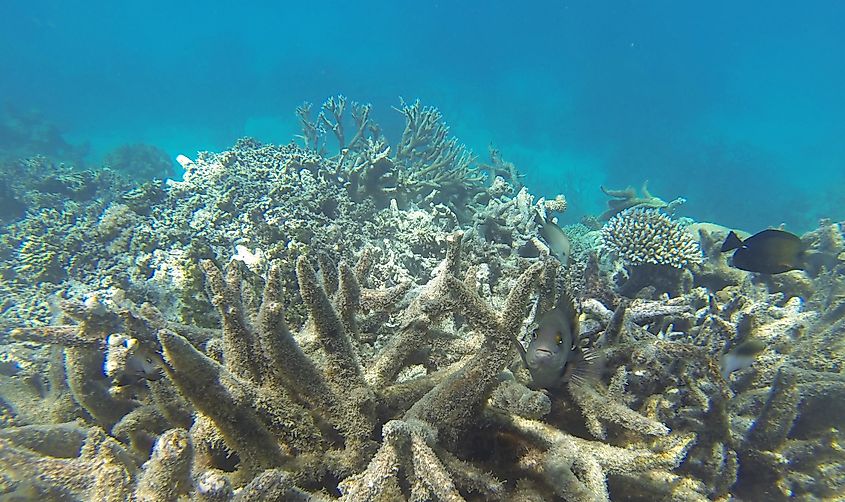
The world's most extensive coral reef system spans for immense 2,300 miles off the northeast coast of Australia. It is replete with marine life and living corals. The Great Barrier Reef draws millions of snorkelers and scuba divers for the kaleidoscopic spectacle with weeks worth of exploring. Here, there are many island resorts with warm, clear waters of the Coral Sea and the Great Barrier Reef.
However, this reef is now subject to coral bleaching, a process where rising ocean temperatures cause a mass die-off of the corals. The condition is also fatal for the microorganisms and marine life that depend on the reef for survival. In a 2020 aerial survey, the Great Barrier Reef Foundation discovered a third mass bleaching event affecting the reef that killed 60 percent of the living corals in a five-year span.
Today, the Reef continues to die, with 1,500 km already destroyed forever. Experts believe recovery is possible with damage control over several decades if the right people make applicable efforts and investments. For now, the area remains popular for swimming and sailing, with tour options to suit any budget. There are 74 nearby majestic Whitsunday islands, home to the ancient Daintree Rainforest and the tropical paradise on the Hayman and Lizard islands. The city of Cairns nearby boasts an international airport and resort getaways.
Wineries In The Rhône Valley, France
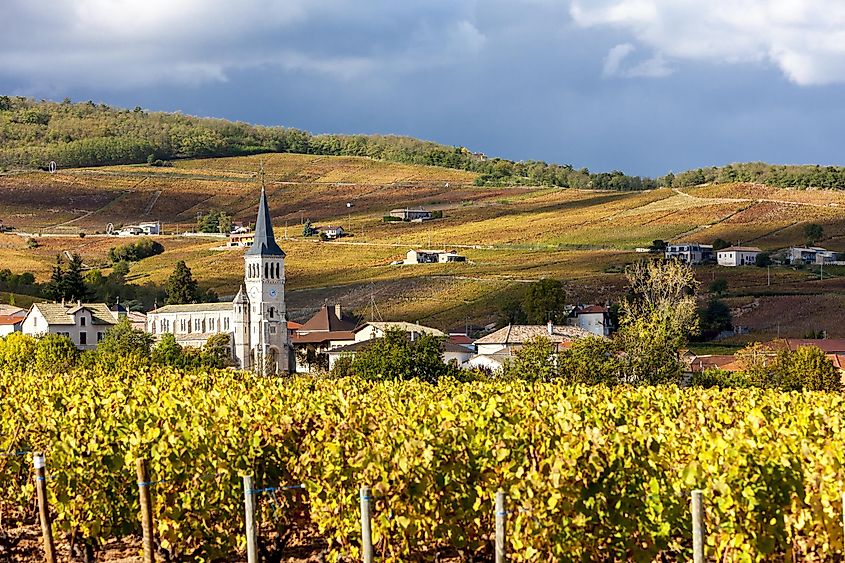
Rhône Valley is among the world's top sought-after winemaking regions. The valley spreads in a corridor of over 120 miles of sprawling vineyards. It is a real retreat-worth of driving from one end to the other, with a mountainous backdrop and wine tastings on the way. Within the last decade, the beautiful, giving valley has fallen victim to climate change from global warming. The rising temperatures make the environment inhospitable for the luscious grapevines.
Experts predict that the production from the valley will shrink by 85% in the coming years. The trend will soon force winemakers to move into other, cooler parts of Northern Europe. The effects of climate change are clearly visible in over-ripening grapes at the Rhône Valley, along with many other premier viticulture regions worldwide. The wine's off-taste and mouthfeel from the newer batches of grapes are crashing the demand of the winemaking business, region's growers, and producers.
Sundarbans, India/Bangladesh
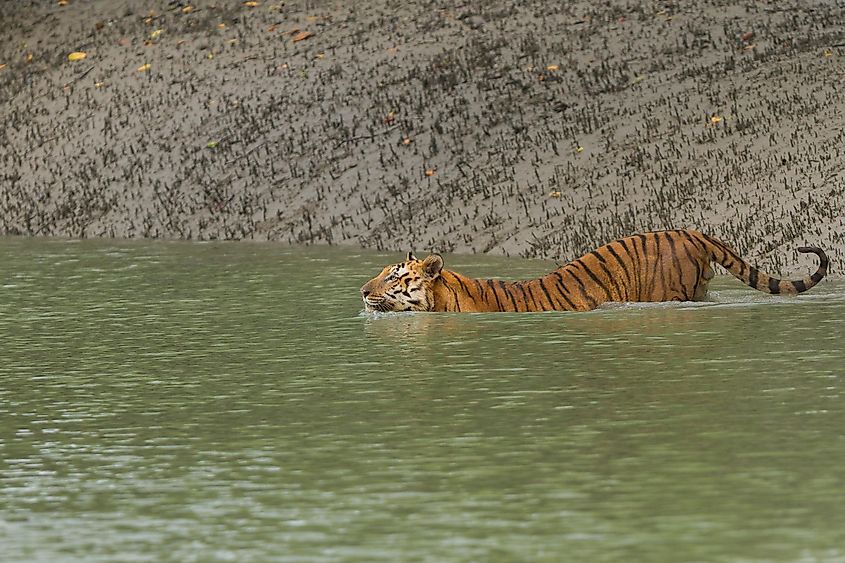
The world's largest mangrove forest, and the only of its kind to host a significant population of wild tigers, the Sundarbans is also sinking. Located along the Bay of Bengal in the Ganga-Brahmaputra River delta region of India and Bangladesh, Sundarbans comprises numerous islands of varying sizes. While some islands host humans, others are tiger territory. Stories of the Sundarbans tigers preying on the human residents of this place are many. These tales, the incredible biodiversity, and the unique ecosystem of the Sundarbans attract visitors from across the globe. However, climate change threatens these islands of the Sundarbans, causing a habitat loss for the region's humans and tigers, and forcing them into more confrontations by the day. These islands are extremely vulnerable to flooding by rising sea levels and frequent cyclones like Cyclone Amphan of 2020, which claimed many human lives in the Sundarbans and endangered the people's livelihoods.
Sadly, there are too-many more last-chance tourism destinations in the world, while climate change is edging others to make a list in the coming years. It is imperative to visit these bucket-list destinations soon, while leaders must do everything to prevent extinction through damage control and save the remains of the beautiful natural locales.











